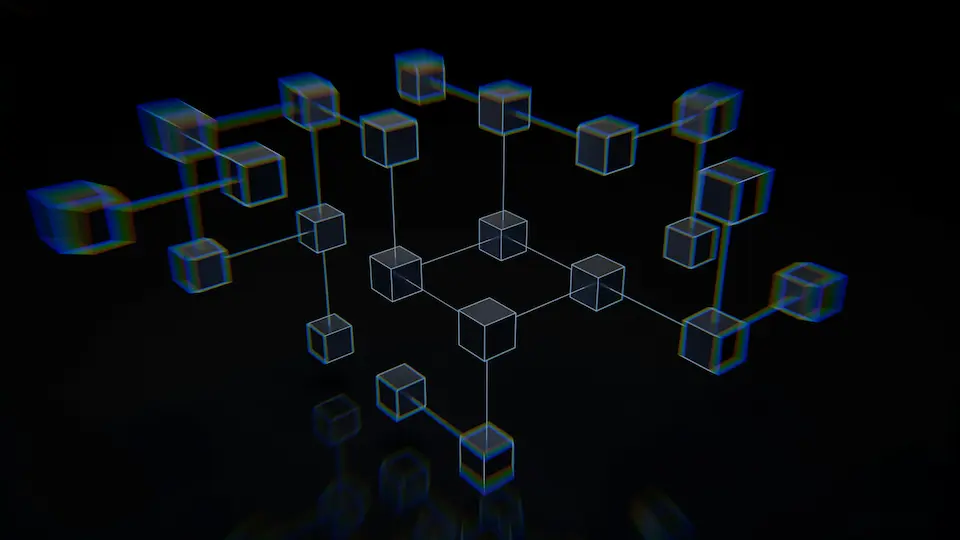
Neo4j Essentials: Navigating the world of graph databases
What is Neo4j? 🤔
Neo4j revolutionizes data storage with its graph database architecture, allowing data to be stored in nodes interconnected by relationships. This approach enhances data value and discoverability, making related nodes easily accessible.
Neo4j’s flexibility lies in its ability to store data without rigidly predefined models, fostering innovative ways of thinking and utilization.
Despite the vast potential of graph databases, many software developers remain unaware of Neo4j’s capabilities, overlooking its capacity to address modern data challenges.
Why Use Neo4j? 🤔
In today’s interconnected world, understanding data relationships is paramount. Neo4j excels in processing rich sets of connections, recognizing the importance of data relationships alongside the data itself.
By seamlessly integrating data relationships, Neo4j simplifies complex tasks, storing relationships natively alongside nodes in a flexible format. Its optimized structure enables rapid data traversal, supporting millions of connections per second per core.
Neo4j is indispensable for modern use cases across various domains, from social networks to payment systems and recommendations, as it presents data as interconnected graphs, emphasizing relationships over individual data elements.
Neo4j Elements 📦
Understanding Neo4j begins with its fundamental components:
Nodes
Primary data elements interconnected via relationships. Nodes may possess one or more labels and properties, describing their attributes.
Relationships
Elements connecting two nodes, each node capable of having multiple relationships. Relationships, like nodes, can have properties defining their characteristics.
Labels
Used to group nodes, facilitating efficient clustering and indexing for faster graph traversal.
Properties
Attributes defining nodes and relationships, functioning as key-value pairs adaptable to various data values.
Cypher: Unlocking Neo4j’s Full Potential ✨
Cypher, Neo4j’s declarative query language, empowers users to harness the database’s capabilities fully. With Cypher, users can execute queries to create, update, retrieve, and delete nodes and relationships.
Similar to SQL but with a distinct syntax, Cypher offers a visual approach to matching patterns and relationships, enhancing readability and ease of use. Its ASCII-art style provides an intuitive way to express patterns, making Cypher highly accessible to both beginners and seasoned developers.
Conclusion 👋
In conclusion, Neo4j stands as a pioneer in the realm of graph databases, revolutionizing the way we store, manage, and traverse data. Its flexible architecture, coupled with the power to represent complex relationships seamlessly, makes it a game-changer in various industries.
Whether you’re a expert developer or new to the world of graph databases, Neo4j offers a wealth of opportunities to explore and leverage the power of interconnected data. Try it in your next project and unleash the true potential of graph databases.

